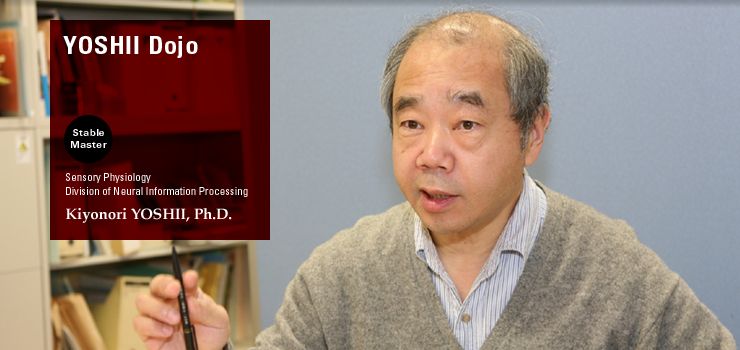 |
| |
 |
| Our taste buds scattered on the tongue, the
soft palate, and so on detect taste substances to trigger
taste nerve responses, which causes taste sensation in the
brain. Of the approximately forty to fifty cells that comprise
each taste bud, less than three have synaptic contacts with
taste nerves. Interestingly, cells that express taste receptors
for sweet or bitter substances do not have these synapses.
The mechanism of how such cells trigger taste nerve responses
has been a mystery. Recent hypothesis is that many cells together
with taste nerves are involved in cell-networks in each taste
bud to generate taste nerve responses. Our goal is to illustrate
the mechanism of the cell-networks physiologically and to
develop taste-bud-like sensors inspired by the mechanism. |
 |
| Our
understanding of genetics has rapidly advanced in recent
years and scientists are now decoding the blueprints
for the proteins that make up the human body. In order
to decode the complex and diverse mechanisms of life,
we must understand the "parts" that comprise it, including
genes and proteins, and learn how to handle them. This
program adopts the practice of the reverse transcription-
polymerase chain reaction (RT-PCR) technique and the
immunohistostaining techniques to give students a perspective
into the vast world in a tiny cell. |
 |
|
|
|
|